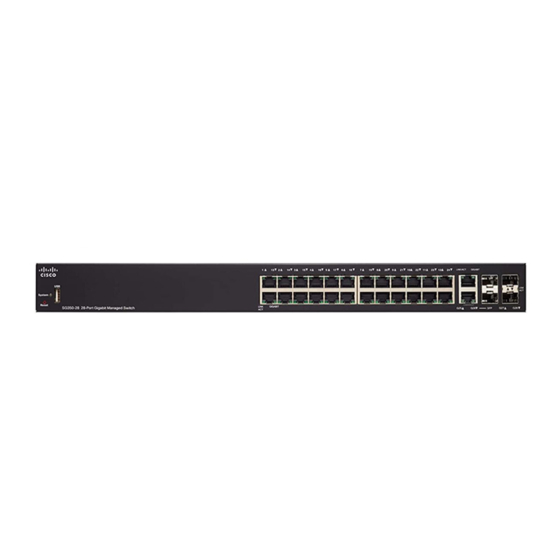
Cisco 350 Series Administration Manual
Managed switches
Hide thumbs
Also See for 350 Series:
- Hardware installation manual (96 pages) ,
- Quick start manual (61 pages) ,
- Installation manual (36 pages)












Need help?
Do you have a question about the 350 Series and is the answer not in the manual?
Questions and answers